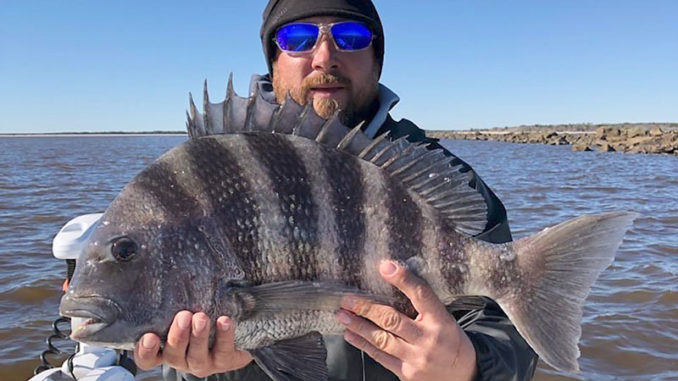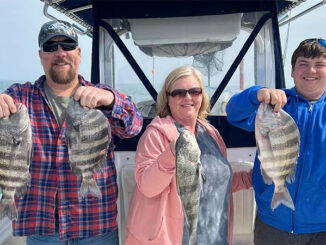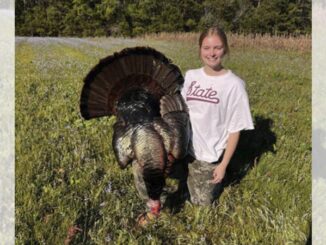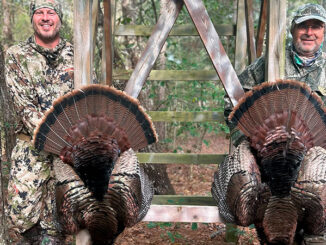
Sheepshead are formidable fighters, tasty table fare
Winter offers a variety of fishing opportunities along the South Carolina coast, including sheepshead. From speckled trout and reds inshore to bluewater predators 65 miles offshore, anglers have many options. The best eating and arguably hardest-pulling one is plentiful along the rock armaments bordering coastal inlets. The Murrells Inlet jetties are one of the best spots to get a limit of fat sheepshead.
Black-and-white striped sheepshead are one of the well-known varieties patrolling nearshore and inshore waters. They fancy crustaceans and mollusks. And their solid incisors enable them to efficiently pluck barnacles, mussels and oysters off pilings and other hard structures with ease.
Sheepshead spend much of the year feasting in the structure-laden waters in Murrells Inlet’s estuary and along the rock jetties. The early spring can produce better results for sheepshead anglers. And Dan Connelly of O-Fish-Al Fishing Charters knows right where to catch the big ’uns.
“We catch them at the jetties year-round, but the early spring is quite different,” said Connelly (843-241-7022). “Sheepshead are migrating to nearshore reefs to spawn. And many stop at the jetties on the way out to feed. We generally catch bigger fish because the big females are coming out.”
The Murrells Inlet jetties are the perfect pit-stop for sheepshead because of the abundant food the jetties provide. Connelly fishes on both sides of the jetties, targeting the side where the current is moving the least.
Look for slower moving current
“I prefer a slower-moving current for sheepshead. And the outside of the jetties is normally where you find (it),” he said. “The bottom of the low tide is generally the best.”
At low tide, many of the rocks are exposed, leaving a limited surface area for sheepshead to feed, and the current is often blocked by the rocks on the outside, offering ample places to soak a bait.
Connelly typically fishes fiddler crabs just off the bottom for sheepshead on a Carolina rig with a leader less than 12 inches long. He lets the bait sink to the bottom and turns the reel handle one crank so he has constant contact with the rig. But he catches plenty of sheepshead on his same float rig he uses for speckled trout.
“If we can get live shrimp, we will float them up next to the rocks on low tide, and the sheepshead will crush them,” he said.
The most-mportant part about catching sheepshead at the jetties for Connelly is where he is fishing.
“I get as close to the rocks as I am comfortable with, because the fish are right on the rocks,” he said. “I fish vertically when I am using a Carolina rig, right on the edge of the rocks.”
The sheepshead bite is the most subtle of any in saltwater. Connelly will slowly raise and lower his bait, so if he feels any resistance, he sets the hook.
The spring migration to the nearshore reefs will be in full motion this month and the Murrells Inlet jetties can be the best place to find them.





Be the first to comment